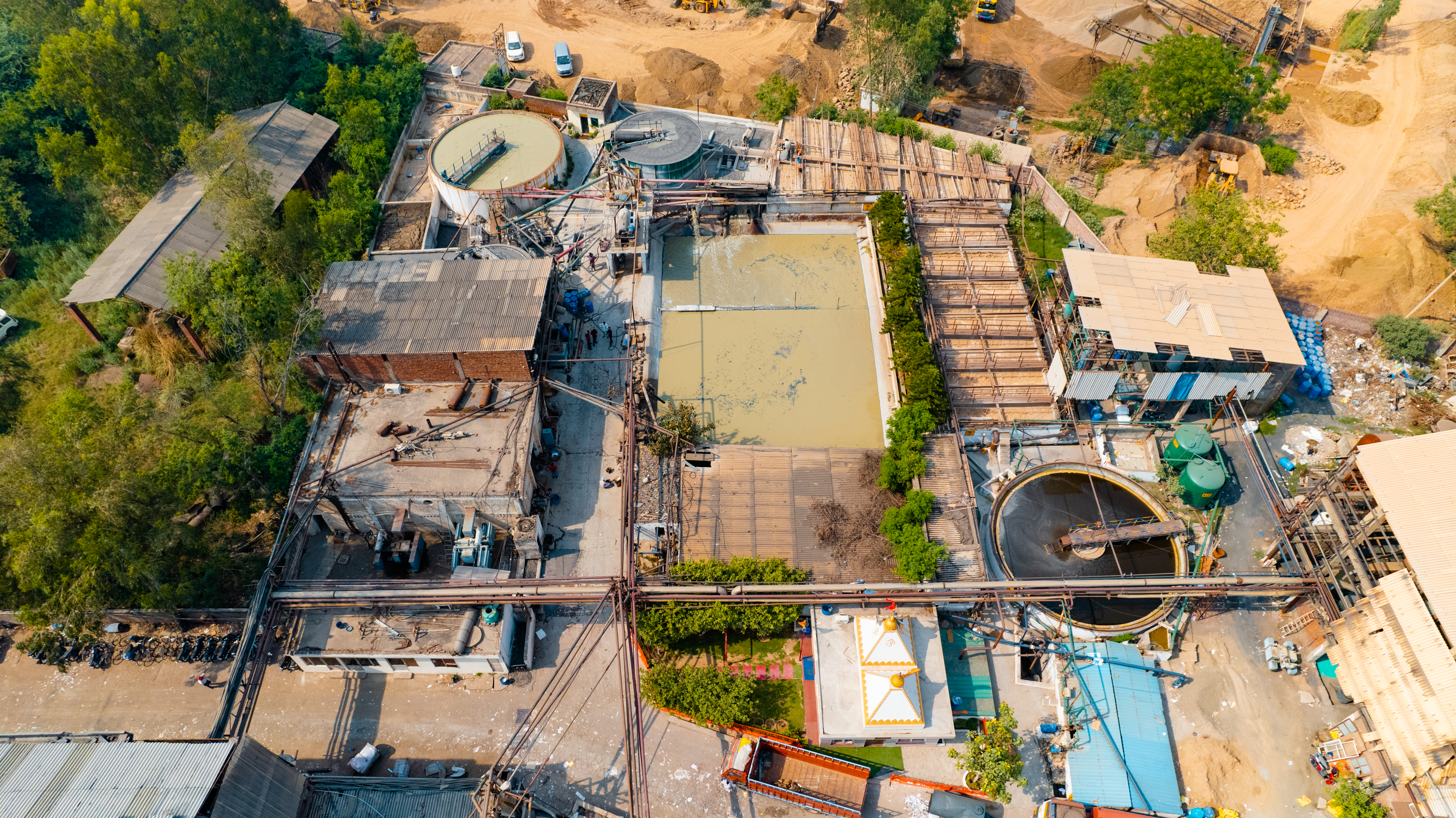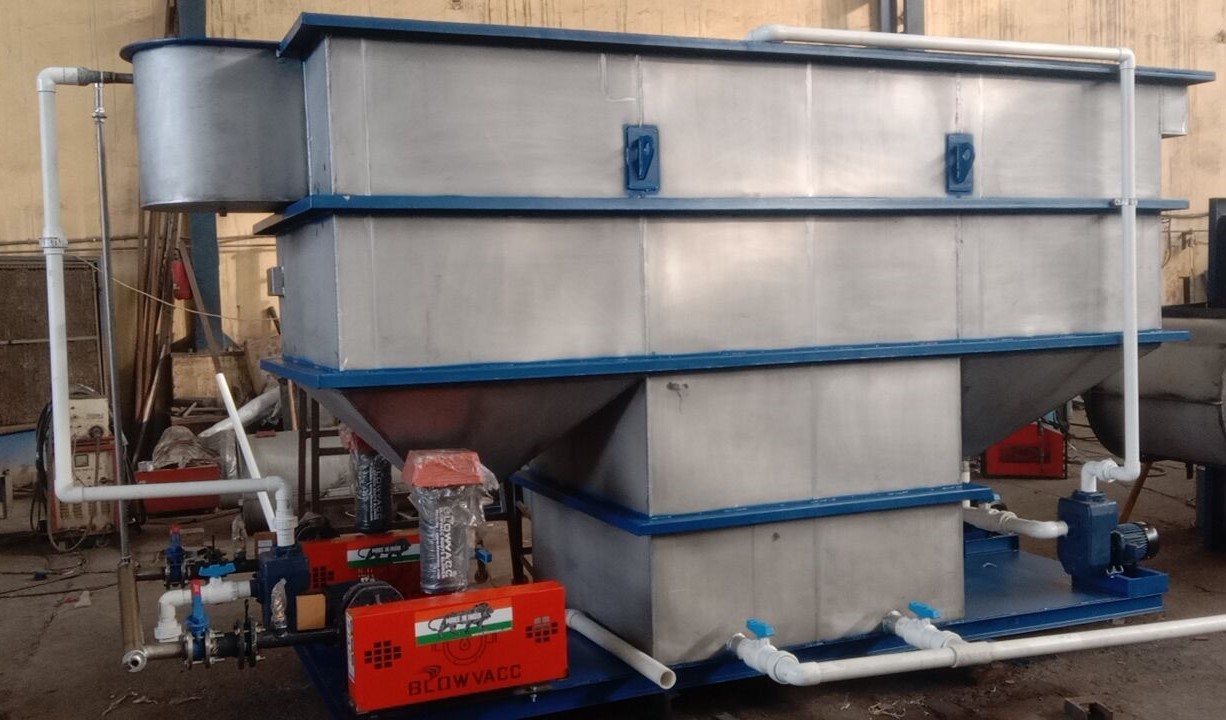
ETP Plant Overview
An Effluent Treatment Plant (ETP) serves as essential infrastructure aimed at purifying industrial wastewater, rendering it safe for discharge into the environment or reuse. It employs a combination of physical, chemical, and biological processes to eliminate pollutants and contaminants from industrial effluents. Here's a comprehensive outline of how an ETP plant functions:
How It Works
- Pre-Treatment: Industrial effluents enter the ETP plant and undergo initial treatment, involving the removal of large particles, oils, and greases through processes like screening, oil-water separation, and sedimentation.
- Primary Treatment: The pre-treated effluents proceed to primary settling tanks, where heavy solids settle down as sludge, and lighter materials like oils and greases float to the surface for removal using mechanical skimmers or clarifiers.
- Chemical Treatment: The effluents then undergo chemical treatment processes, such as coagulation, flocculation, and pH adjustment, to further remove suspended solids, dissolved contaminants, and adjust the pH level for subsequent treatment stages.
- Biological Treatment: Following chemical treatment, the effluents are subjected to biological treatment units like activated sludge processes or biofilters, where specialized microorganisms biodegrade organic pollutants present in the effluents through aerobic or anaerobic digestion processes.
- Secondary Clarification: Post-biological treatment, the effluents undergo secondary clarification in settling tanks, allowing biological sludge and remaining suspended solids to settle out, while clear effluent rises to the surface and is separated for further processing.
- Tertiary Treatment: Advanced ETP plants may incorporate tertiary treatment methods such as filtration, adsorption, disinfection (e.g., chlorination, UV treatment), and advanced oxidation processes (AOPs) to achieve additional purification and meet stringent discharge standards.
- Effluent Discharge or Reuse: The treated effluent, now significantly devoid of pollutants and contaminants, is discharged into receiving water bodies or reused for various industrial purposes like cooling water, irrigation, or non-potable processes, adhering to local regulations and environmental guidelines.
Through efficient treatment of industrial effluents, ETP plants contribute significantly to environmental protection, regulatory compliance, and sustainable water management practices.
